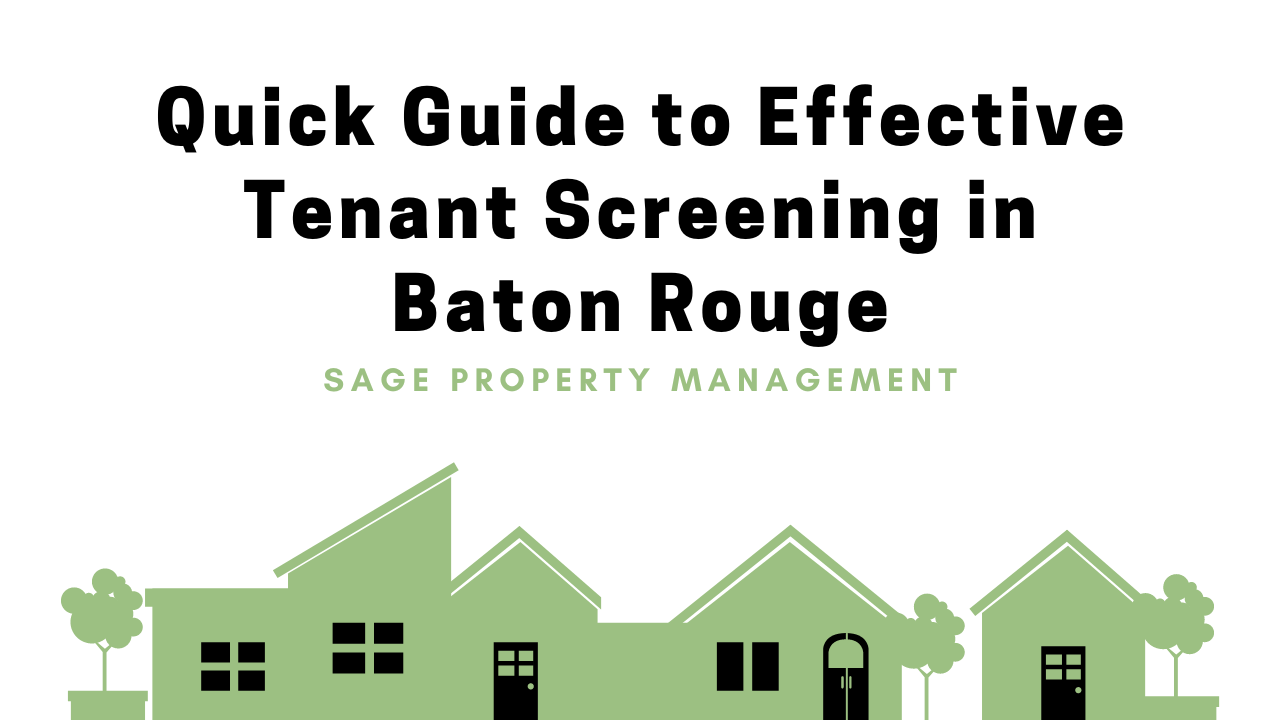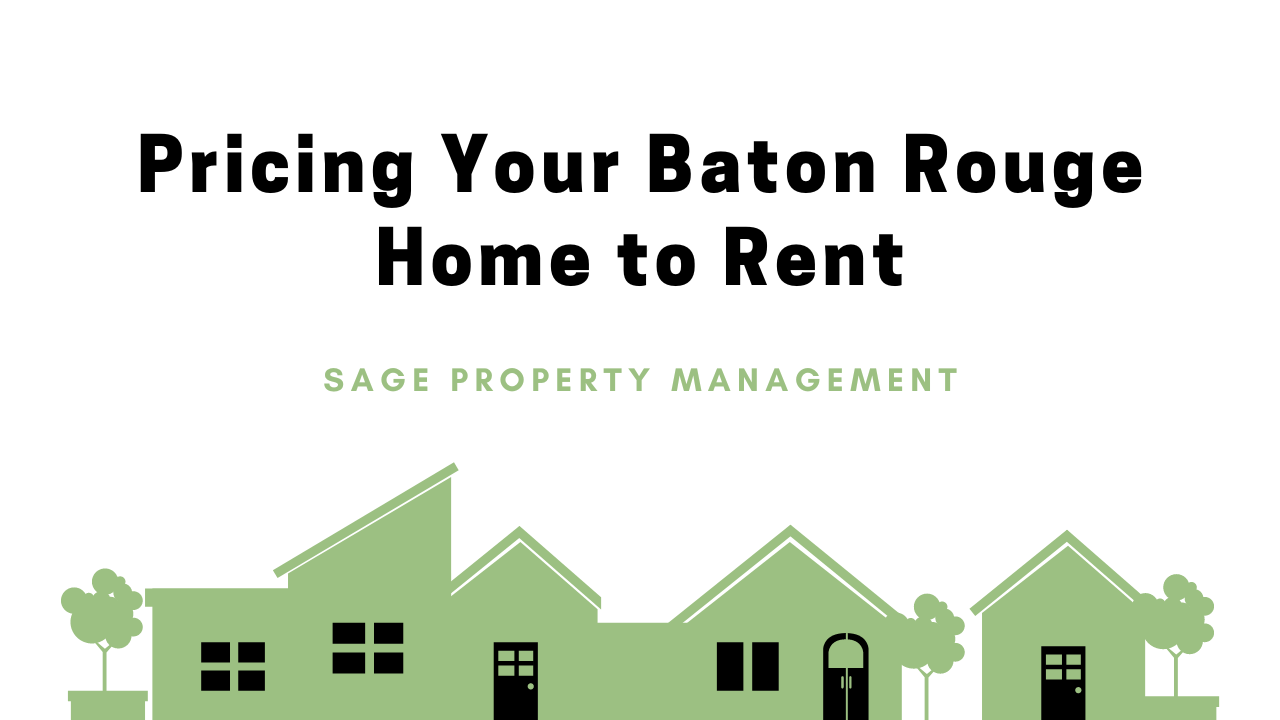Guide to Making a Solid Lease Agreement for Your Rental Property
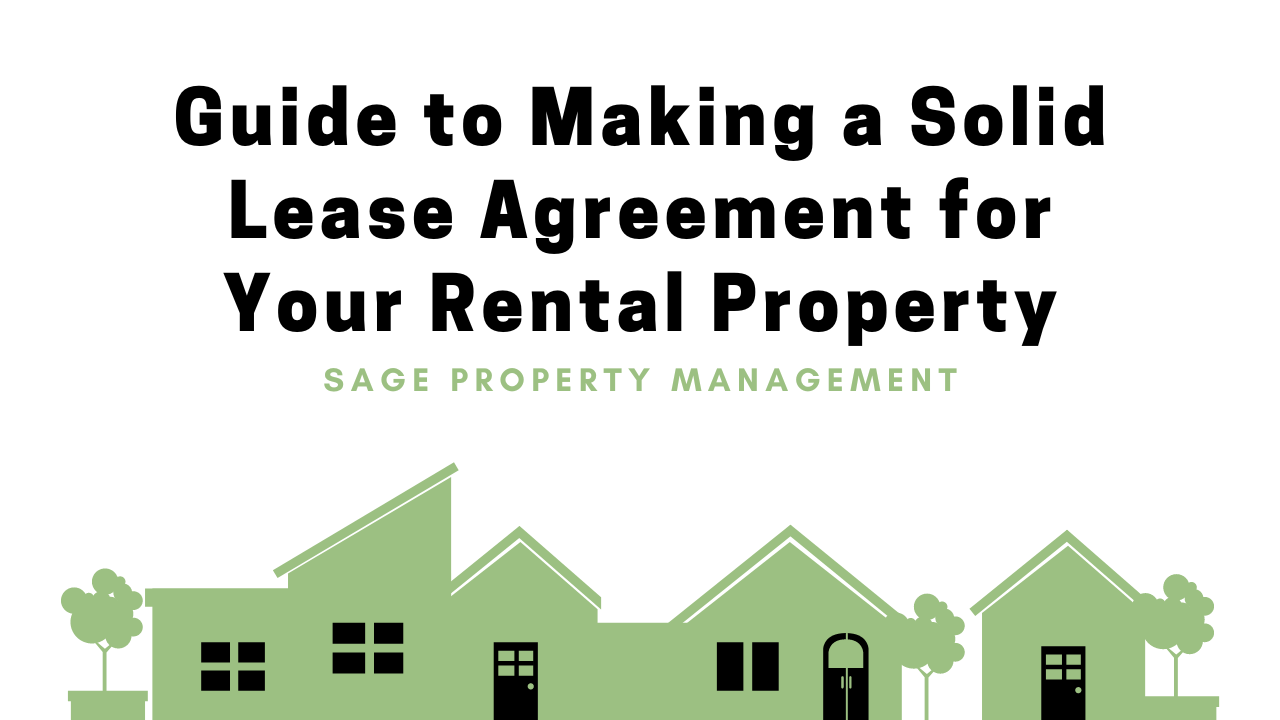
Are you ready to welcome tenants and turn your property into a profitable investment? Before you hand over the keys, there's one crucial step: creating the lease agreement.
Think of a lease agreement as the rulebook for a smooth and happy landlord-tenant relationship. It spells out rights, responsibilities, and expectations for both sides, preventing confusion and potential miscommunications down the road.
But where do you even start? This guide walks you through the essential elements of a lease agreement, offering valuable insights, practical tips, and legal considerations to ensure your document is not only enforceable but also fair and protective for both parties.
Importance of Lease Agreement
Here are key reasons why having a well-constructed and comprehensive lease agreement is crucial:
- Legal Protection: A solid lease agreement serves as a legally binding contract, offering protection to both landlords and tenants by clearly defining their respective rights, responsibilities, and the consequences of any breaches.
- Clarity and Expectations: It provides clarity on crucial aspects of the rental arrangement, such as rent amounts, due dates, maintenance responsibilities, and property rules. This helps prevent misunderstandings and sets clear expectations for both parties.
- Professionalism and Trust: A well-crafted lease agreement reflects professionalism, fostering trust between landlords and tenants. It demonstrates a commitment to transparency, fairness, and a positive landlord-tenant relationship, contributing to a smooth and harmonious rental experience.

- Financial Security: Lease agreements provide financial security by ensuring that rent amounts, due dates, and late fees are clearly outlined, reducing the likelihood of payment disputes and ensuring consistent income for landlords.
- Dispute Resolution Framework: The agreement establishes a framework for resolving disputes, outlining procedures for mediation, arbitration, or legal action. This helps streamline conflict resolution and minimizes uncertainties in case disagreements arise.
- Property Maintenance: They establish responsibilities for property maintenance and repairs, ensuring that both landlords and tenants understand who is responsible for addressing issues promptly, thereby preserving the property's condition and value.
- Tenant Accountability: Lease agreements outline rules and regulations regarding tenant behavior, occupancy limits, and pet policies, holding tenants accountable for their actions and promoting a respectful living environment for all residents.
- Legal Compliance: By including clauses related to local housing laws, fair housing regulations, and eviction procedures, lease agreements ensure that both parties adhere to legal requirements, reducing the risk of legal disputes and potential liabilities.
Essential Components for a Comprehensive Lease Agreement
While the specifics of lease agreements can vary, there are fundamental elements that every lease should include for clarity and protection of both parties involved. Here some key components:
- Names and Contact Information: Include the full names of all tenants and the landlord. Provide comprehensive contact information for both parties, encompassing phone numbers and email addresses.
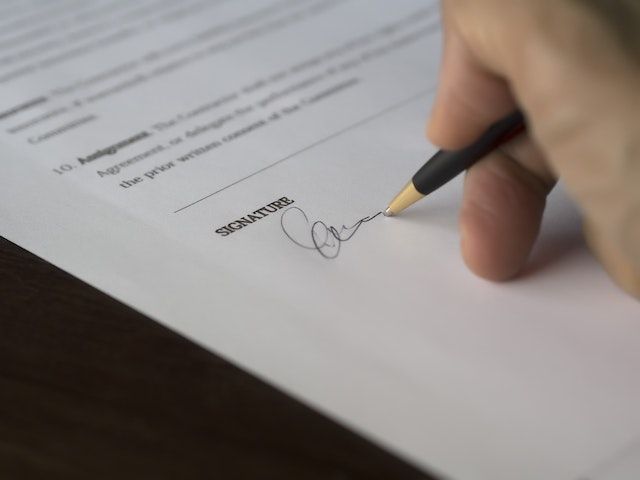
- Property Description: Clearly describe the rental property, incorporating its address and any distinctive details.
- Rent Details: State details like the monthly rent amount, due date for payments, late fees, accepted payment methods, and lease duration, specifying if it's month-to-month or fixed-term.
- Signatures: Ensure that the lease is signed and dated by all parties involved.
Clauses and Policies to Address
In constructing a comprehensive lease agreement, it is imperative to include key clauses and policies that clarify the expectations and responsibilities of both landlords and tenants.
Here are the essential components that should be covered:
- Subletting: Provide a clear outline of the rules and procedures governing subletting the rental property. Specify any prerequisites for subletting, including required permissions from the landlord, and articulate the process for seeking approval.
- Tenant's Obligations: Define the tenant's responsibilities concerning property care, cleanliness, and adherence to rules. Include specific details on garbage disposal, prompt reporting of damages, and the maintenance of a safe living environment.
- Security Deposit: Clearly detail the amount of the security deposit required for the tenancy. Clarify the conditions under which the deposit may be withheld, emphasizing distinctions between normal wear and tear versus damages.
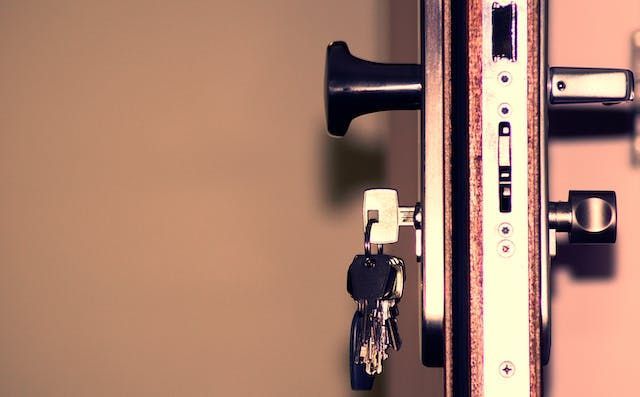
- Property Access: Clearly state the circumstances under which the landlord can enter the property. Strive to comply with local laws regarding notice periods for property access, thereby respecting the tenant's privacy.
- Breaking of Lease: Specify the conditions and consequences associated with breaking the lease agreement. Include information on required notice periods, potential penalties, or any mutually agreed-upon exit procedures.
- Security Deposit Terms: Clearly outline the amount of the security deposit, conditions under which it may be withheld, and the process for returning it at the end of the tenancy.
- Occupancy Limits: Specify the maximum number of occupants allowed in the rental unit to prevent overcrowding and ensure compliance with local housing regulations.
- Maintenance Responsibilities: Detail the responsibilities of both the landlord and tenant regarding property maintenance, repairs, and upkeep, including procedures for reporting maintenance issues and expected timelines for resolution.
Bottom Line
A well-structured lease agreement not only safeguards your interests but also lays the groundwork for a positive living experience for both parties. Remember, key components such as names and contact information, property details, rent specifics, signatures, and essential clauses provide the clarity that expectations are set from the beginning.
For those seeking expert assistance in navigating the intricacies of property management, consider reaching out to
Sage Property Management. With a commitment to excellence and a wealth of experience, they can provide guidance, ensuring your lease agreements are not only solid but also aligned with industry best practices.
Contact us today to hear more about our lease agreements carefully crafted for each unique property. After all, no property is the same so why should all leases?


